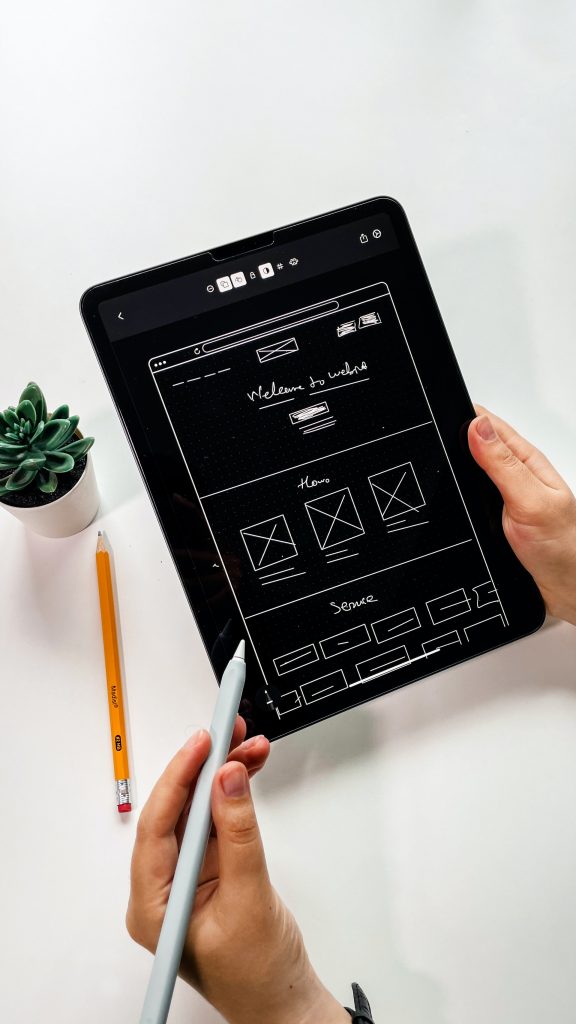When you’re a journalist, most of your work revolves around writing, researching and trying to create an appealing article for the reader as an end product – preferably with additional visual content backing up the text because nobody likes to read through massive paragraphs of words these days.
A topic that admittedly barely ever crosses an editor’s mind is the effect of the website design on the reader’s perception of the content. Design, not in a sense of visual appeal but also functionality, is a vital part of the experience reader’s will have with the website. A whole professional field has been concerned with those user actions exactly – creating UX or as mentioned, user experience. For everybody, who’s clueless on what UX actually is, here’s a short video to help you understand better:
UX is not on always on a journalist’s mind
Frankly, my own conscious awareness of the importance of UX design was limited before I started my Master’s degree „Content Strategy“ at FH Joanneum in Graz and began to actually dive deeper into the topic. When you’re a writer, website design often gets neglected by the mind as you know it’s someone else’s main responsibility to create a space which is accessible for everyone and meets the user needs. It’s a tough pill to swallow, when you have to admit to yourself that you might have been upset by a dissatisfactory user experience yourself but have never really thought about what actually causes the UX problem.
Obviously, as an editor and writer you aren’t entirely oblivious regarding UX, especially not in a time period during which online journalism becomes more important than ever. However, your main focus rather lies on major, noticeable UX issues heavily affecting the perception of the content than in the details. The course User Experience & Interaction Design with Fleur Jeanquartier I took during my second semester functioned as a sort of eye opener for the relevance of UX design – the devil really does lie in the details here.
Misconceptions about UX design
Particularly in journalism, news companies want to stand out, be individual, creative and innovative and beat the competitors with mentioned individuality. Every reader counts at the end of the day, this applies now more than ever as people consistently lose trust in media sources due to the amount of fake news that can be found on the web.

In terms of UX design, individuality, however, is not always the best way to go. People are creatures of habit and get easily thrown off if they are faced with an unexpected design in a familiar environment. When you open a news website, you expect a certain user interface that gives you the opportunity to interact with articles, read and comment them. In terms of UX design, orienting yourself on industry standards is therefore not considered a bad choice but a good one. Individuality and the news outlet’s editorial policies can be shown in the actual published content.
Simple is better
For UX design, one thing is crucial: The simpler, the better. With a simple, sleek and easily understandable design everyone can actually use the website without needing a degree in rocket science. Accessibility for every level of online knowledge is key as no company wants to exclude potential readers. If the website has a complicated structure which makes it hard for users to navigate, the design is faulty.
And if the design is faulty, it subsequently affects the quality of the content. Something, a media company should avoid at all costs. But with these few mentioned points in mind even those who aren’t necessarily experts in user experience and interaction design are able to look at website design decision from a different perspective. A helpful guideline that was also used in my FH course were Jacob Nielsen’s Usability Heuristics which turned out to be rather helpful when trying to analyse the UX status of a website and pinpoint pain points. My study colleague Marina Orasch wrote a blog post explaining the Heuristics in more detail as well.
